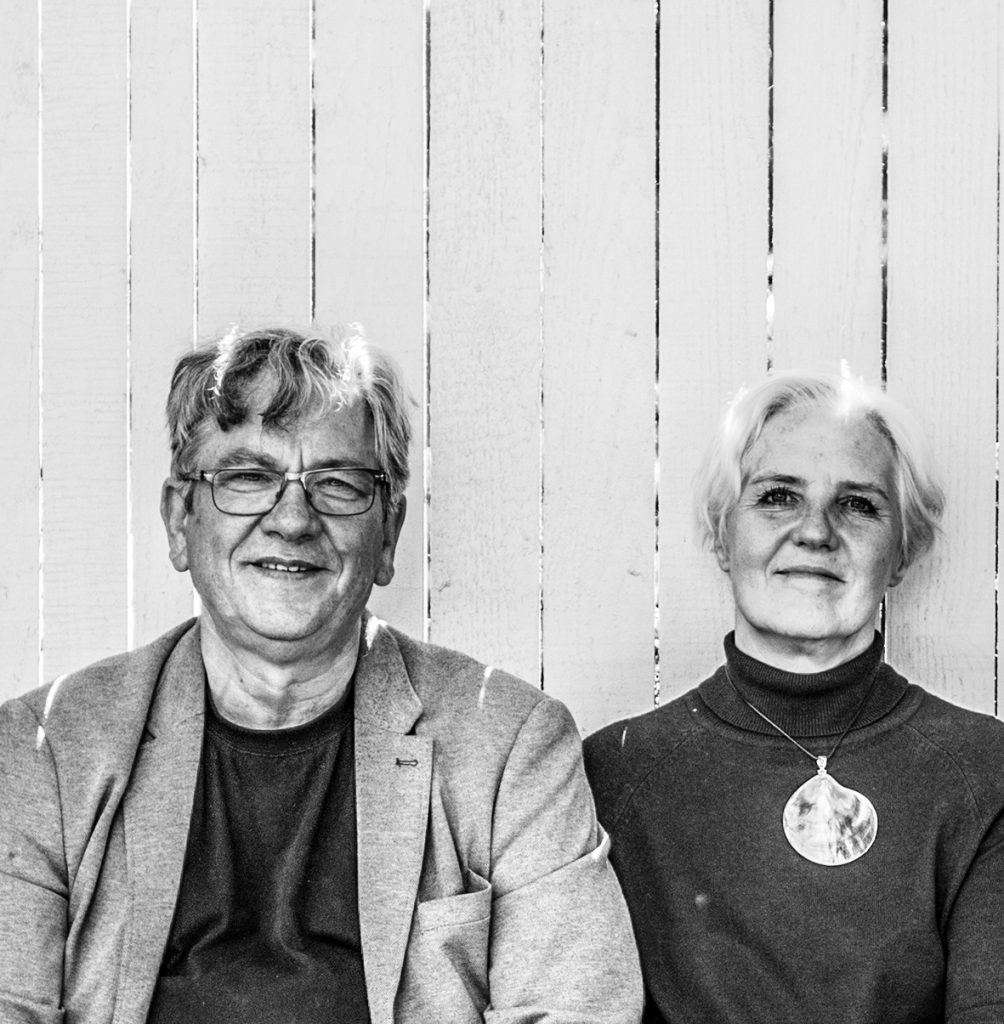Kauno Architektūros Festivalis
BOOK. Asta ir Gintaras Prikockis
Vilniaus g. 22, Architektų sąjungos Kauno skyriaus palėpė.
DATA: 2019-11-22
LAIKAS: 18:00 val.

KAUNAS. CITY AS AN IDEA
Authors: Asta Prikockienė, Gintaras Prikockis
About the origin and aims of the publication
Today, we have a wealth of publicly available information about the various periods of urban development and history. Historians, archaeologists, architectural scientists, art critics study individual periods, places, and events, they publish books, share their discoveries and knowledge.
The emergence of this publication was also influenced by a desire to share thoughts and observations. We are architects – restorers. We have been working with objects of various periods for many years. We see their similarities and differences and results of the ups and downs in the natural setting.
The topic of KAFe2019, “Landmark architecture creating or destroying urban identity?” became a great opportunity to summarize our insights and present them to the public so that the visible signs of the town’s history could become recognisable to more than specialists.
PUBLICATION
KAUNAS. CITY AS AN IDEA
“Archaeological findings indicate that Kaunas has been permanently inhabited since at least the middle of the first millennium” (M. Bertašius, Dingęs miestas, p. 17). But the totality of those times is already scattered and lost irreversibly. Therefore, this publication will talk about those city signs that can still be seen, touched, understood – i. e. surviving and recognizable witness the evolution of the town and life in the 15th-20thcentury. It is about the fact that a realized idea always leaves marks, and after many years of analysing it, we try to go back and find out, understand the original ideas, the goals, their fulfilment and to discover the idea itself.
Kaunas is the only place in Lithuania that had four completely different ideas of life in its history that are easily identifiable to this day. The first one existed between the 15thand the 17thcentury. The second appeared in the mid-19th century. The third happened in the first half of the 20thcentury. And the fourth took approximately 50 years in the mid-20 century. This timeline omits the 18 century. The city lived and managed itself at the time as well, but without that primal creative energy, just out of habit and inertia. Likewise, the previous decades are absent from the timeline. It is very difficult and probably impossible to evaluate the life of one’s generation objectively, so this period will also be omitted. Each idea of the city will be presented with a brief introduction to the geopolitical situation of a particular period, the urban structure, characteristic buildings, dominating features, and architectural details. Illustrated with drawings, photographs, iconographic material. We hope that others will find it interesting to compare how the development and implementation of different visions of the same city are influencing the development of that same particular city. Or perhaps the material of this publication will stimulate the search for a new idea of Kaunas and the city will once again set out and fulfil its ambitious goals, revealing and expanding its unknown and untapped potential.
PRESENTATION
November 22, 18:00
Kauno architektų sąjunga, Vilniaus gatvė 22, Kaunas